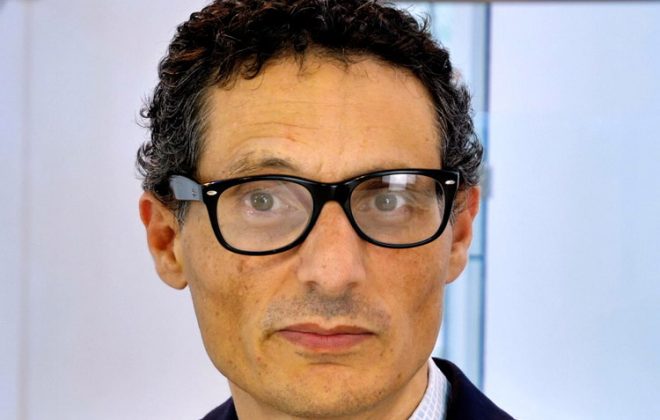Reversing the road to malignancy
Maurice Cauchi
The aim of cancer chemotherapy is to destroy the maximum number of tumour cells with the minimum number of normal body cells in order to achieve a maximal therapeutic ratio.
The aim of cancer chemotherapy is to destroy the maximum number of tumour cells with the minimum number of normal body cells in order to achieve a maximal therapeutic ratio. Nevertheless it is a therapy which is often ineffectual and quite frequently associated with severe complications.
It is therefore with considerable interest that one reads that other methods of therapy, which do not involve cell killing, is surprisingly showing promise in what is one of the most lethal forms of leukaemia, namely acute pro-myelocytic leukaemia (APL), a disease which often has a 100% mortality within weeks.
There is no question about the fact that cancer cells behave in their characteristic aggressive way as a result of changes in the DNA which controls all cell metabolic activity. It is also well established that a DNA change might take several years to become established as clinical cancer, often requiring other ancillary stimulations, genetic or environmental, to activate and promote this irreversible result. In other words, a genetic change in the cell DNA is necessary but not sufficient to produce clinical cancer.
For a long time it was thought that once a genetic change has occurred there is little that the environment can do to reverse the action of this blueprint. However, it is now clear that several factors can modify the activity of genes, to either stimulate or suppress their activity.
At the recent meeting of the American Society of Hematology, considerable evidence was provided that the course of APL could be arrested and reversed by drugs which, while not cytotoxic, can somehow stop the malignant mechanism and set the cell back to its normal developmental pathway.
Current treatment for APL consists of a combination of ATRA (all-trans retinoic acid) and chemotherapy. The new therapy consists of ATRA plus arsenic trioxide (ATO). Dr Francesco Lo-Coco, professor of hematology at the University of Tor Vergata in Rome, one of the authors of the study, is convinced that this modality of treatment shows that this finding upturns the standard dogma and provides evidence that malignant cells can be transformed back into their normal, non-malignant form. In the opinion of the authors, this combination is “really quite impressive”, In effect, Lo-Coco says, “cancer is not an irreversible condition.”
The mode of action of this combination therapy is currently under intensive investigation. A recent article in the top hematology journal, Blood, indicates that ATO inhibits the formation of pro-myelocytic leukemia protein and stabilises cytoplasmic precursor compartments (PubMed: 22692509).
Whether the action of this combination will be found effective in reversing other more common malignancies remains to be seen. It is, however, encouraging to see that a first step has been made in upsetting the standard thinking about treatment of cancer, which raises hope for a more physiological way of controlling it.


